I am trying to figure out what the trace setting in the Language Server Protocol does. So according to the specification:
The initial trace setting. If omitted trace is disabled ('off').
But that doesn't tell me much. It is embedded within the InitializeParams interface:
interface InitializeParams {
/**
* The process Id of the parent process that started
* the server. Is null if the process has not been started by another process.
* If the parent process is not alive then the server should exit (see exit notification) its process.
*/
processId: number | null;
/**
* The rootPath of the workspace. Is null
* if no folder is open.
*
* @deprecated in favour of rootUri.
*/
rootPath?: string | null;
/**
* The rootUri of the workspace. Is null if no
* folder is open. If both `rootPath` and `rootUri` are set
* `rootUri` wins.
*/
rootUri: DocumentUri | null;
/**
* User provided initialization options.
*/
initializationOptions?: any;
/**
* The capabilities provided by the client (editor or tool)
*/
capabilities: ClientCapabilities;
/**
* The initial trace setting. If omitted trace is disabled ('off').
*/
trace?: 'off' | 'messages' | 'verbose';
/**
* The workspace folders configured in the client when the server starts.
* This property is only available if the client supports workspace folders.
* It can be `null` if the client supports workspace folders but none are
* configured.
*
* Since 3.6.0
*/
workspaceFolders?: WorkspaceFolder[] | null;
}
I tried it out locally with a test language server, but whatever value I put into (off, messages, verbose), nothing really changes.
What does it actually do?

